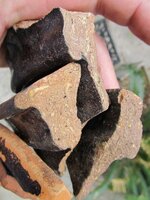Woodland Detectors
Gold Member
Can anyone ID this piece of Pottery from the letters visible? I am just curious about it.
Thanks!
Thanks!
Amazon Forum Fav 👍
Attachments
-
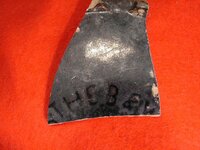 BBBBBBBBBBBBBBBBBBBBBBBBBBBBBBBBBB 2011-05-13 005.JPG127.7 KB · Views: 451
BBBBBBBBBBBBBBBBBBBBBBBBBBBBBBBBBB 2011-05-13 005.JPG127.7 KB · Views: 451 -
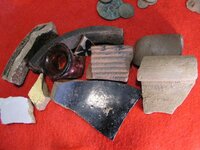 BBBBBBBBBBBBBBBBBBBBBBBBBBBBBBBBBB 2011-05-13 006.JPG138.7 KB · Views: 500
BBBBBBBBBBBBBBBBBBBBBBBBBBBBBBBBBB 2011-05-13 006.JPG138.7 KB · Views: 500 -
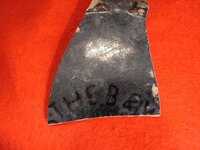 BBBBBBBBBBBBBBBBBBBBBBBBBBBBBBBBBB 2011-05-13 005.JPG127.7 KB · Views: 400
BBBBBBBBBBBBBBBBBBBBBBBBBBBBBBBBBB 2011-05-13 005.JPG127.7 KB · Views: 400 -
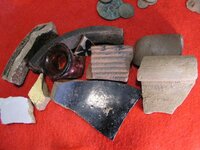 BBBBBBBBBBBBBBBBBBBBBBBBBBBBBBBBBB 2011-05-13 006.JPG138.7 KB · Views: 433
BBBBBBBBBBBBBBBBBBBBBBBBBBBBBBBBBB 2011-05-13 006.JPG138.7 KB · Views: 433


 Breezie
Breezie
 (Or tick bite I should say) Hope you get better soon.
(Or tick bite I should say) Hope you get better soon. 
